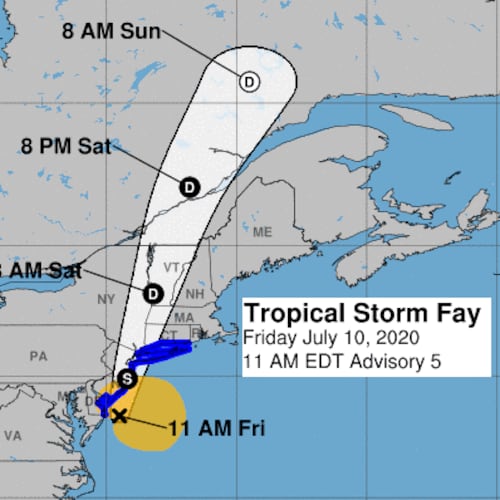As opponents of President-Elect Donald Trump get ready to rally opposite his swearing-in on Friday, a look back at inaugural protests shows there have been a number of major demonstrations in the last forty years - with the larger protests all targeting Republicans entering the White House.
Historically, inaugurals were celebratory affairs that had little in the way of demonstrators; some cite the 1853 swearing-in of Franklin Pierce as the first to draw an official protest, by a group of unemployed workers.
But beginning during the Vietnam War - especially for Republicans - January 20 has become a gathering time for an assortment of protest causes, with those in opposition to a new President seemingly mustering many more people when the GOP is going into power.
That change started the day before Richard Nixon took the oath of office in 1969, as Washington, D.C. was jolted by protests which included people throwing rocks at dignitaries going to a pre-inaugural party, leading to a melee outside a new Smithsonian museum.
The Associated Press wrote it up this way on the morning of the Nixon Inauguration:
Mounted Policeman rode into the disheveled throng to drive it back from a Smithsonian Institution building after stones had been thrown toward a dozen dignitaries arriving for a reception for Vice President-elect Spiro Agnew.
The demonstrators, turning their anger and defiance toward the new administration even before its beginning, carried signs calling Nixon a war criminal as they marched down Pennsylvania Avenue.
In 1973, there were even more demonstrations, as the Vietnam War helped draw over 25,000 protesters to the second Inaugural of Richard Nixon,spurring dozens of arrests.
By 1977, when Jimmy Carter took the oath, there were demonstrators on hand - but little in the way of trouble.
The Washington Post reported that seven people were arrested that day along the parade route; three of them for selling souvenirs without a license.
In other words, it wasn't 1969 or 1973.
By the time Ronald Reagan was sworn into office in 1981, the Vietnam War was long over; there were protesters in Washington, D.C. that day - the National Organization for Women prime among the Reagan critics - but they did not make a big impact on Inauguration Day.
The Reagan Inauguration in 1985 might have been a bit more active - but a snowstorm and cold snap resulted in the cancellation of the usual outside ceremonies.
It wasn't until the first inaugural of George W. Bush that protesters regained some of their Vietnam Era punch, as they aimed their venom at the former Governor of Texas.
Four years later, with echoes of the war in Iraq, Mr. Bush was a target again.
The 2009 Inauguration of Barack Obama had giant turnout of supporters; and like 1977, there were some demonstrators in the crowd - but not a huge number by any means.
Again - demonstrators show up for both parties - but they arrive in much larger numbers when Republicans are getting ready to take charge of the White House.
This week, there are plans for large protests against President-Elect Trump; here is one of the many signs you can find around D.C.
We will see in coming days just how disruptive things get, as yet another Republican President will draw loud protests for his inaugural.
About the Author
The Latest
Featured



